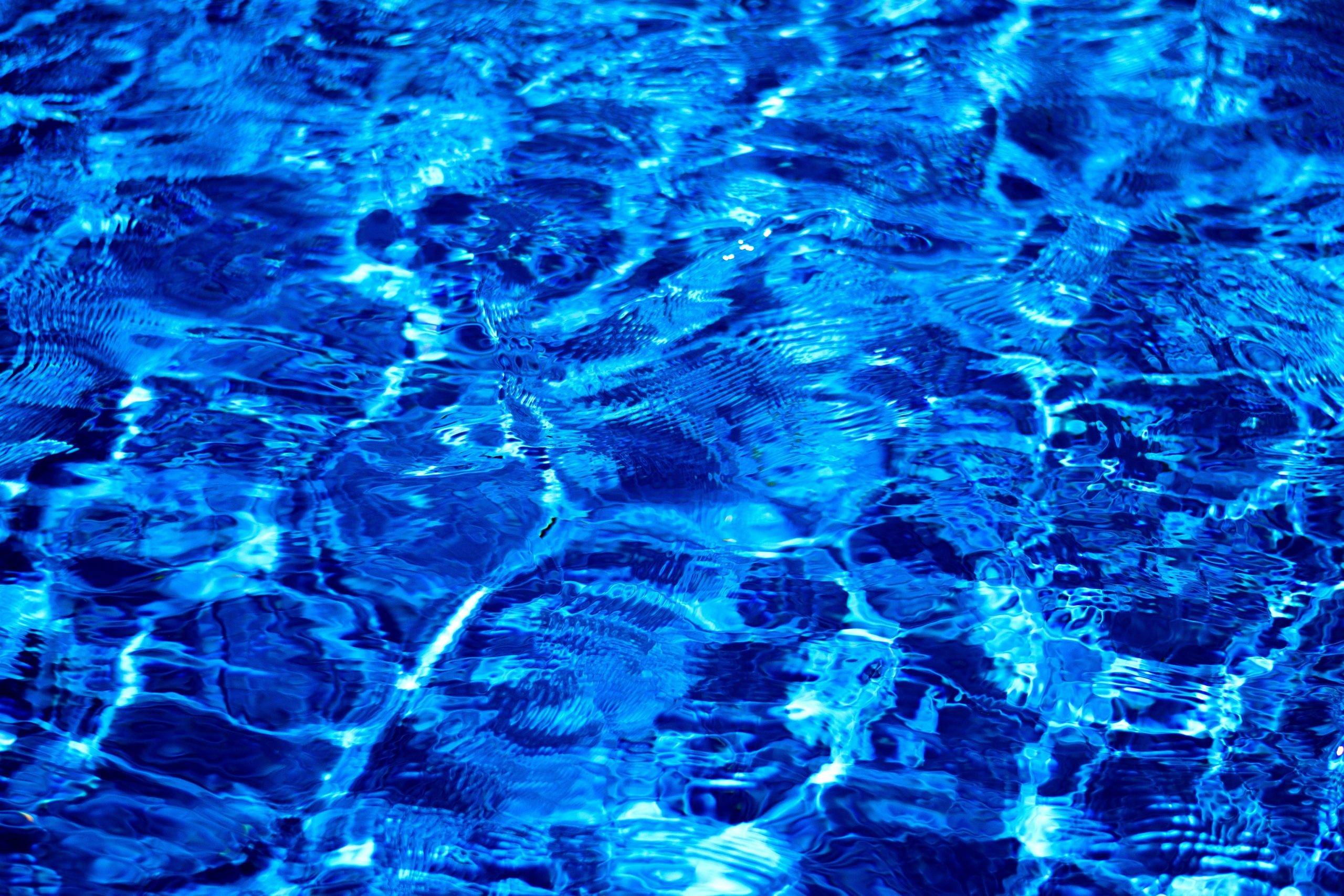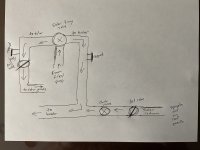- May 14, 2013
- 159
- Pool Size
- 40000
- Surface
- Plaster
- Chlorine
- Salt Water Generator
- SWG Type
- CircuPool RJ-60
Is it normal or expected that a Jandy check valve can allow some flow backwards through it or are they designed to be 100% flow in one direction? I replaced the insides with new and still seems to.
Please bare with me, this is a complicated plumbing system to describe, but bottom line is on my in-ground pool, I have a solar heating system which, when valves are turned, pumps the water thru black tubing on the roof. An automatic Jandy 3 way valve determines if water goes to the roof or not (with a T valve there as well if need to isolate). The return from the roof merges with the regular return - the solar return line has a Jandy check valve before the merge, to keep water from flowing back up the return when in non-solar mode. I have spigots on the roof panels to drain them in the winter. When the system is in non-solar mode and the spigots are open, I get a steady slight stream of water dripping out of them. The flow up to the roof is closed both by the 3 way valve and by the T valve. It could only be back flowing up through that return line with the check valve. I replaced the insides of the check valve and it still happens. Should that check valve stop backflow 100%? I’m baffled. Thanks.
Please bare with me, this is a complicated plumbing system to describe, but bottom line is on my in-ground pool, I have a solar heating system which, when valves are turned, pumps the water thru black tubing on the roof. An automatic Jandy 3 way valve determines if water goes to the roof or not (with a T valve there as well if need to isolate). The return from the roof merges with the regular return - the solar return line has a Jandy check valve before the merge, to keep water from flowing back up the return when in non-solar mode. I have spigots on the roof panels to drain them in the winter. When the system is in non-solar mode and the spigots are open, I get a steady slight stream of water dripping out of them. The flow up to the roof is closed both by the 3 way valve and by the T valve. It could only be back flowing up through that return line with the check valve. I replaced the insides of the check valve and it still happens. Should that check valve stop backflow 100%? I’m baffled. Thanks.












